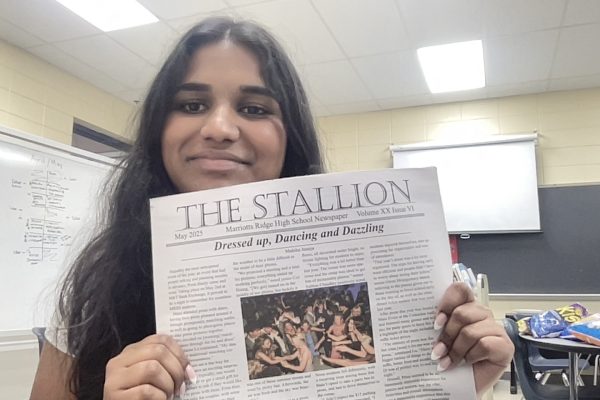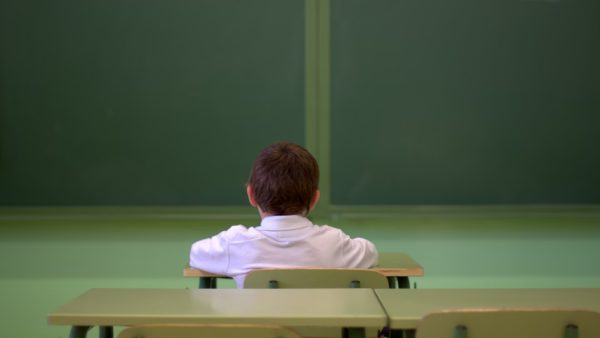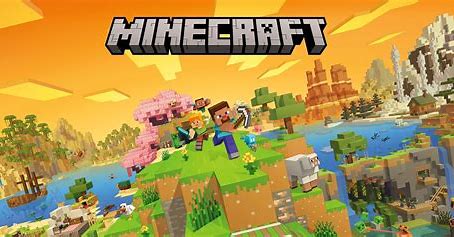Returning Teachers Deal with COVID
Teachers learning to adapt to virtual learning
As the new school year begins in a post Covid-19 world, teachers have had to adjust their teaching to provide instruction digitally. However, this has been no easy task.
“I feel like I haven’t worked this hard since I was a first year teacher,” said Ms. Crawford, a psychology teacher, “and that was when I was a lot younger and didn’t have children.”
What makes this change difficult is the fact that many lessons that worked in the classroom simply cannot be performed in a digital setting.
“Every week of plans is something new. Trying to use old lessons is like trying to fit the square peg in the round hole,” explained Mr. Fagan, a science teacher. “With this new addition of the asynchronous learning time, I’ve been creating two sets of lessons for each week that run parallel to each other: one for us to do together during class time, [and] one to be completed on their own.”
Given that this is on top of an already hectic forty-hour work week and additional county-wide training seminars to help teachers learn the new digital tools, it is understandable why even the most technologically-familiar teachers are being overworked.
Unfortunately, digital learning comes with certain limitations that teachers can’t adjust for.
“It’s been really hard,” said Mr. Flynn, a math teacher. “One of the things that I like to do in the classroom is have students kind of collaborate and work in small groups. Our Google Meet system isn’t really set up for that yet. It’s also really hard for me to assess learning as it’s going on. In the classroom I could walk around and look and see students working and finding mistakes early.”
Despite the myriad of different issues teachers have been facing in changing the specific content of their instruction to work with the new model, one of the most common issues challenging teachers is, in fact, the lack of student interaction.
“I am very much a teacher who just needs that interaction with students…a lot of times we just don’t know when you all need help because we’re not in the classroom,” declared Mr. Minard, World History and Sociology teacher. “I need that feedback. I’m a teacher that likes to speak to students and be sarcastic. I like to make funny jokes to try and entertain and see my students laugh, so I can see that they’re having a good time in the classroom. So it’s tough when we’re in this [virtual learning environment], when all your camera’s aren’t on.”
The lack of interaction is not just a problem for teachers, however. According to Mr. Flynn, “Teaching and learning is more than just ‘here’s the content and here’s how you solve a problem, go ahead and do it’. … you learn better if you develop positive relationships and trust and things like that. It’s a lot harder to do virtually.”
Despite the sea of hurdles and challenges that teachers have had to deal with as a result of digital learning, there may be a few (but by no means insignificant), benefits that have accompanied the model, aside from the obvious public health and safety gains. Mr. Minard expressed hope that the use of digital learning alongside traditional classroom time may pose a practical solution to classroom overcrowding, a very real contention that the school system struggled with before the Covid-19 outbreak.
“We could have, on Mondays, instead of having thirty kids in my classroom, I have fifteen and the other fifteen are home at a distance. So now I just have to teach fifteen kids and then on Tuesday maybe the other fifteen kids come in,” Mr. Minard explained. “Maybe bringing kids in half days or half the time, [so that] we could have smaller class sizes which would help with discipline problems. It would help teachers to interact because instead of having thirty kids in the room, I only have fifteen…I think we can look at this and learn from it. I think some positive things will come out of this.”
In addition to long term progress, digital learning may also provide some more immediate boons to both teachers and students.
“Something amazing that happened in the spring is that students that I’ve had all year that are shy and never spoke in class, spoke in the chat box in Digital Learning. I was like, wow that’s incredible because I didn’t get to know them at all in the building, but I was getting to know them in Digital Learning,” Ms. Crawford remarked.
It seems that despite all the hardships that come with an entirely new mode of instruction, teachers are determined to adjust to their new environment to ensure that education continues and student’s don’t miss out on learning.

Hello, my name is Jason Lee. I'm the copy editor for the Stallion and this is my second year in Journalism. My favorite style of writing is Features. When...







